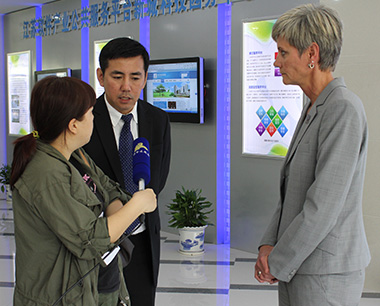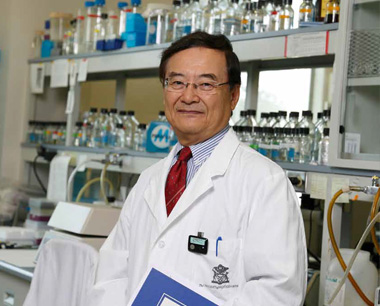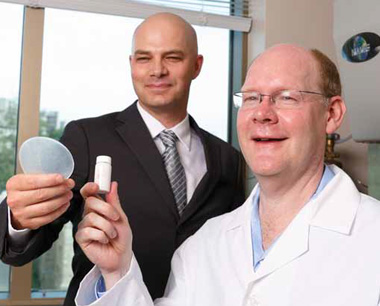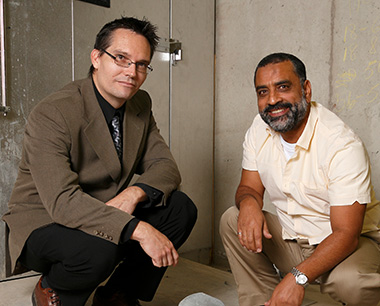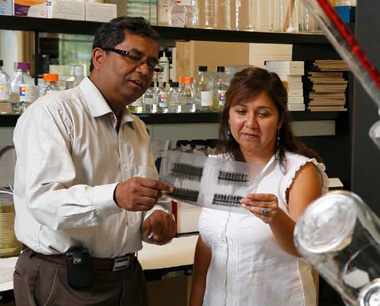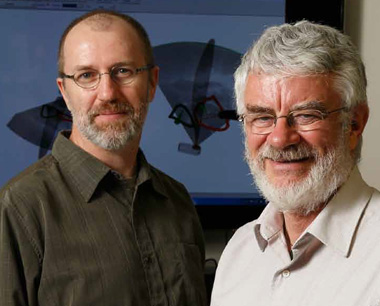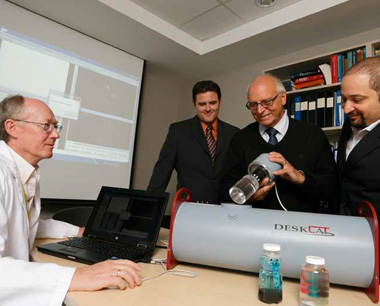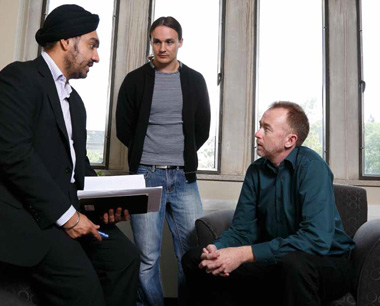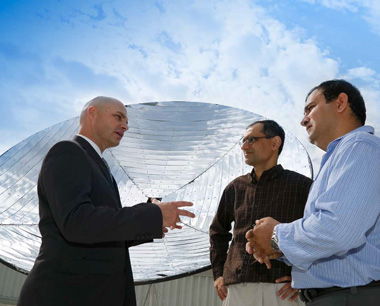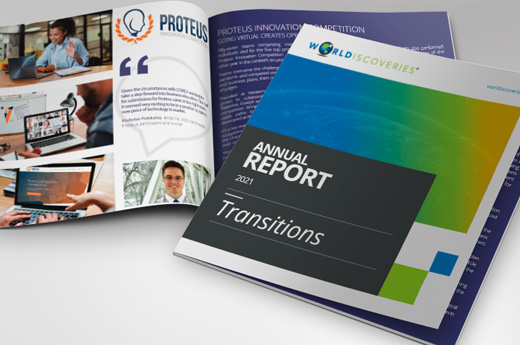China, so vast, with such growth potential, has nonetheless challenged the research and development community to profit from alliances between North American R&D innovators and Chinese industry.
Paul Paolatto has a strategic approach to closing this gap. “WORLDiscoveries® Asia opened the first Canadian-based technology transfer office located in China last year,” he says. “This is not just about MOU’s (memos of understanding) – but deals that have returned $2.3 million for business development in London.”
After looking for a Chinese location that made the best fit with Western, WORLDiscoveries® chose Nanjing, China for their excellent research university and medium size – eight million people. The office has three local staff but Paolatto hopes to leverage the expertise of Western’s 100-plus faculty members with Asian origins and hundreds of research associates and students who are building Western’s reputation for research excellence in the Far East.
Paolatto says the Asian market can be a tremendous pipeline to accelerate inventions to market while increasing the return to institutions and researchers. “We have established two joint ventures and executed five material licensing agreements in Asia as a result of this excursion,” he says.
Examples of this include an exclusive IP Licensing and Research Agreement with a Toyko-based Life Sciences conglomerate for stem cell antibodies and a $2 million Chinese investment in the creation of Enable Technologies, a London-based spin-off company that develops 3D ultrasound carotid scanning tools and technology.
Within a year of operation, WORLDiscoveries® Asia is poised for even more growth. “It’s all about momentum,” says Paolatto. “We are succeeding much faster than our original plan expected and hope that this success can continue for some time.”
Read more
